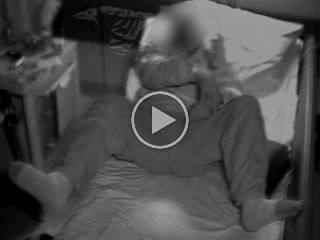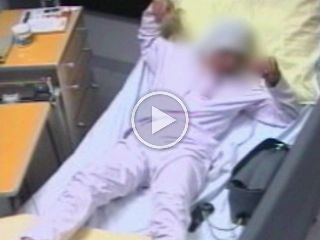Epileptic Disorders
MENUThe Moro reflex: insights into the pathophysiology of generalized tonic-clonic seizures and infantile spasms Volume 24, issue 5, October 2022
- Key words: generalized tonic-clonic seizures, history of neurology, infantile spasms, Moro reflex, pathophysiology
- DOI : 10.1684/epd.2022.1471
- Page(s) : 952-6
- Published in: 2022
The Moro reflex (MR) is a primitive reflex that disappears after the first three months of life. It was described by the Austrian paediatrician Ernst Moro (1874–1951) in 1918, although the earliest visual representation of the MR dates back to the first half of the 14th Century, in a fresco by Ambrogio Lorenzetti (1290-1348). The neural centre underlying the MR is located in the lower part of the brainstem since it can be elicited also in anencephalic infants, as shown by the Austrian neurologist Eduard Gamper (1887-1938) in the first medical description of anencephaly (1926). The MR is due to the activation of an archaic neural circuit present in the newborn, the activity of which is later inhibited by the upper brain structures. Given their semiological resemblance, epileptic spasms and generalized tonic-clonic seizures might be due (at least partly) to the pathological activation of the same neural archaic circuit involved in the genesis of the MR. The neuronal network underlying these different phenomena might be located in the pons. In these seizure types, the activation of the same neural circuitry involved in the MR could occur through either direct excitation or through an indirect “liberating” mechanism, secondary to epileptic disruption of cortical inhibitory control on subcortical structures. The movements of the upper extremities in epileptic spasms, in the initial phase of generalized tonic-clonic seizures, and the MR might involve a distinct neural circuitry, which is (or becomes) hyperexcitable as a consequence of a pathological condition (epilepsy) or physiological brain immaturity (the MR).




